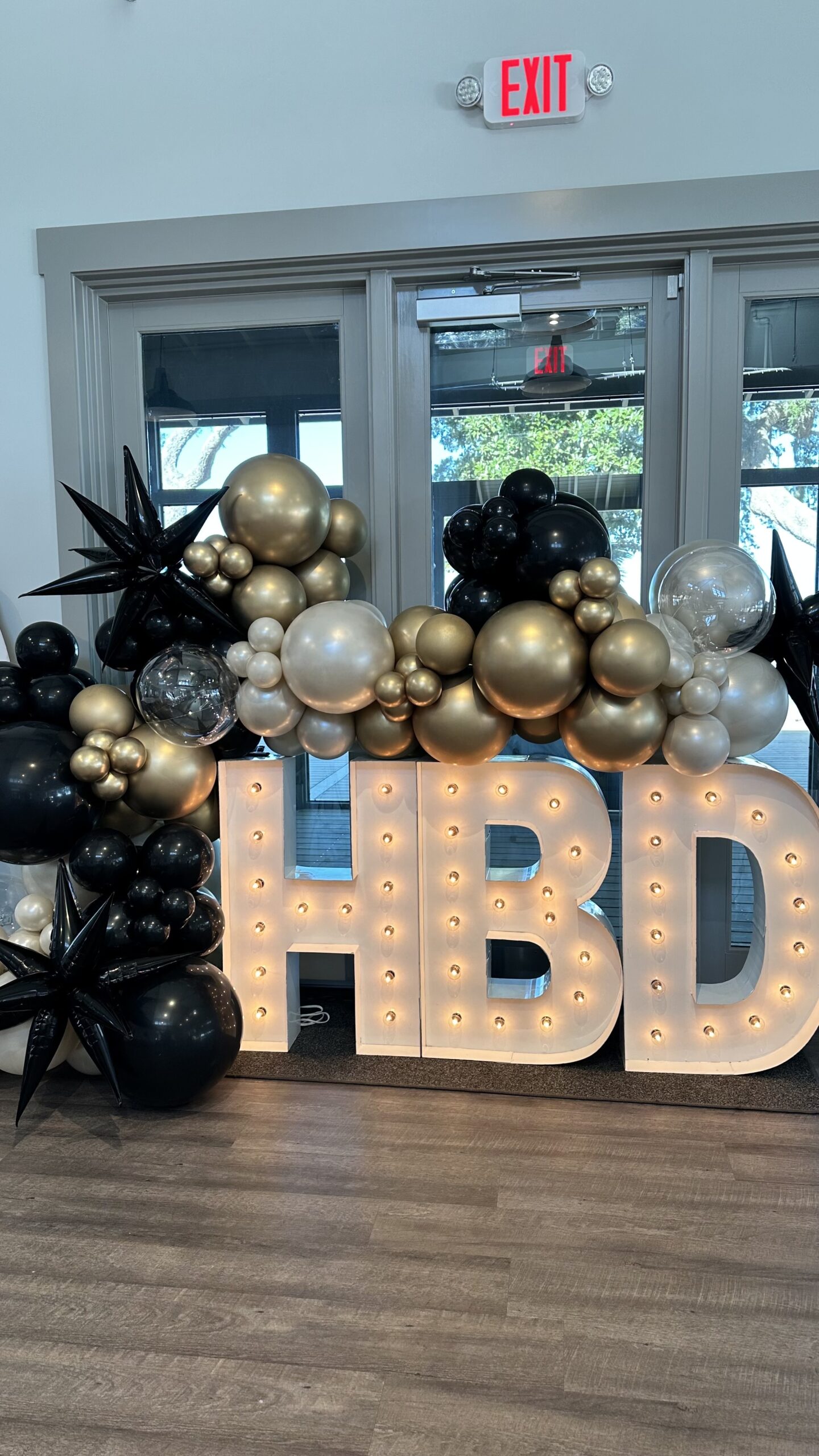Five factors to use to choose your perfect planner
With hundreds of planners on the market, it’s a tall order to identify the perfect one that works for you. Many of us stick to the same planner after we find one, year after year, scared to venture out and try something new. After all, your planner can be the backbone of your schedule. You don’t want to mess with that!
Because it’s hard to differentiate between planners, I created a system to help you out. The system breaks down in to five component parts: coil, cover, components, customization and (of course) cost. Coil and cover make up the outside of the planner, whereas components and customization encompasses the inside. My ‘5 C’ system works because it transforms the elements of a great planner into an easy-to-remember memory device, something you’ll never forget the rest of your life. The next time you’re considering buying a planner, use this system to determine if it’s the right planner for you!
Trying to figure out which planner layout is right for you? Check out my “Finding Planner Peace” PDF Bundle HERE
Coil: The First C
Binding is the literal backbone of any planning system. If you take your planner with you everywhere, having a durable binding determines whether your carefully laid plans stay together or fall apart. The three systems you’ll encounter are bound planners, disc-bound planners, and coil-bound planners. I’ve worked with all three planner systems and will share the pros and cons of each.
Bound planners, like the Erin Condren Softbound Planner, offer the least flexibility with snap-in accessories and customization. The binding is strong and durable, however, and will stand up to wear and tear. If your planning style is purely functional, or you use your planner more for scheduling and less for goal-setting, bound planners are a great option. They can also be incredibly sleek. One downside to bound planners is their limitation in turning the page.
Disc-bound planners, like the Cloth & Paper system, offer the most flexibility for adding pages to your planner, like budget trackers or printables. Disc-bound systems are binder-style planners. They allow for tons of customization — all you have to do is snap in a new page, tab, or section to your planner. The discs are frequently made of plastic, however, and may require a folio cover to maintain the integrity of the discs. You can swap in larger discs as your planner grows over time, or size down if the planner profile is too thick.
Coil-bound planners, for me, are the gold standard. A good coil gives you all the durability of a bound planner with all of the customizations you’d find in a disc-bound system. Find a new tab or printable you like? Snap it in. The best coils on the market live in the Erin Condren and Mäksēlife Planners. Metal always reigns king over plastic when it comes to coils, but you’ll pay a premium for it. As an added bonus, many coil-bound planners allow you to swap out the covers – a fun way for a planner refresh!
Cover
“Don’t judge a book by its cover,” they say. But don’t you want a great cover on yours? After all, your planner is your book for the year. Switching out covers on my coil and disc-bound planners is one of my great joys while planning. You can change covers by season or by mood, or use covers to support Black artists. When choosing covers, stay true to you! Keep in mind that interchangeable snap-in covers are typically only a feature of coil-bound planners. Additionally, however, I think of “Cover” as the exterior design of the planner. Does it make you want to pick up your planner and plan?
Customization
Good planners are designed to give you a structure and a system to “color within the lines.” Guided layouts will give you a monthly spread with room in the margins to list major appointments or events. The weekly layouts will include a “to-do” section, and may even pre-set your available hours each day. Great planners give you that structure and room to get creative.
Some planner brands offer multiple layouts, which allows you to choose between a vertical, horizontal, or daily layout. This customization may seem overwhelming at first, but once you’re locked into a system that you know works, you’ll be thankful that you have these options. Being able to customize your layout to fit your needs and style is a huge bonus that some planners eschew and others embrace. Beyond the stock layouts, some brands like Plum Paper Planner and Agendio allow you to completely customize your planner from cover to cover. These planners are pricier than a planner off the shelf, but you get the flexibility and customization you need to maximize your planner.
Components
Because each person’s life and planning style is inherently unique, having maximum flexibility in the components is another hallmark of a great planner. Ample notes pages at the front or back of the planner? Sign me up! I favor planners with a section for pre-work; I always recommend setting intentions before you move into a new planner. As I mention above, coil planners are great for snapping-in custom inserts and covers, too.
The components section also encompasses the all-important paper quality. The best paper on the market dries ink quickly without allowing shading to bleed through. There’s nothing worse than last week’s plans leaving their imprint on this week, just because you used a Sharpie pen. Good planner paper feels gritty and substantial without being too glossy. But beware: Good paper can drive up the weight, thickness, and cost of a planner–quickly. You’ll find some of the best paper quality on the market in the Erin Condren and Simplified planners.
Cost
It’s helpful to know the price bands on the planner market. If cost is the biggest factor in your search for a planner, start here.
The least expensive planners on the market retail for $10-30. You may find these planners on the shelf in Target or Staples. This planner may be perfect for you! They typically include a monthly spread with a weekly or daily layout. It’s possible these planners may lack in durability, paper quality, and customization. If you live in your planner every day, you may want to seek out something that provides more flexibility without cutting corners on cost. My favorite brand blending cost with quality is bloom daily planners.
The middle range of planners run between $30-50. For many people these planners strike the ideal balance between cost and components. Some planner brands in this range are Happy Planner and Passion Planner.
The more expensive planners can cost between $50-75+. For this price point, you’re getting a premium product with the highest quality paper and coil with ample customization options. Many goal-setting planners run in this price range; you’re paying for the planner and the coaching that goes along with it. On the high end, disc-bound systems that you customize completely to your needs, like Cloth & Paper or Agendio, can run you over $100.
There are no hard and fast rules when it comes to buying your planner. Hopefully, my guide helps you understand the differentiating factors between the biggest brands and best planners out there on the market. Need help with your search? Leave me a comment here, on Instagram, or my YouTube channel and I’d be happy to help point you in the right direction!
The above post contains affliate links. To learn more check out my affiliate link disclosure.






